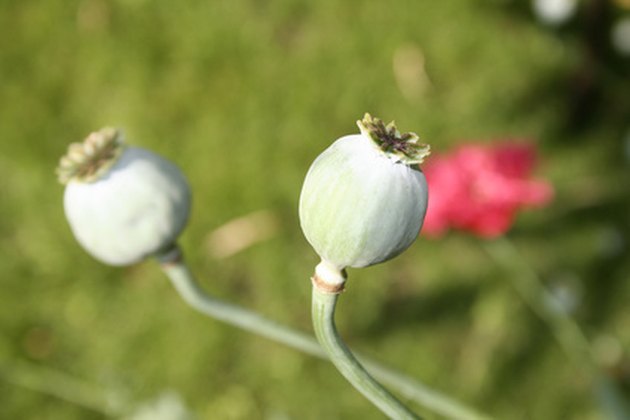
Karen Drexler, director of the addiction psychiatry residency training program and an associate professor in Emory University’s psychiatry and behavioral sciences department. “Heroin makes someone calm and a little bit sleepy, but if you take too much then you can fall asleep, and when you are asleep your respiratory drive shuts down,” said Dr. Most people die from heroin overdoses when their bodies forget to breathe.

When those receptors are blocked, that creates a high. Morphine, acting like your endorphins, binds to molecules in your brain called opioid receptors. Endorphins inhibit your neurons from firing, so they halt pain and create a good feeling. Morphine has a chemical structure similar to endorphins – the chemicals your brain makes when you feel stressed out or are in pain. What’s happening inside the body is the heroin is turning into morphine. Then the body feels an extreme form of relaxation and a decreased sense of pain. When someone takes heroin there is an immediate rush. It can also be smoked, snorted or eaten, but smoking or eating destroys some of the drug and mutes its effects. Injecting it minimizes the lag time between when the drug is taken and effects are felt – with injection, the effects are almost immediate. Heroin is most often mixed with water and injected. And it’s addicts who die more frequently than new users, studies show. In 2011, 4.2 million Americans over the age of 11 had tried heroin at least once, according to the National Institute on Drug Abuse.Īn estimated 23% of them will become addicts. Overdose deaths from heroin have increased recently, and heroin use is also on the rise.


Only one in 10 heroin overdoses ends in death. Painkillers actually kill more Americans than heroin and cocaine combined, according to the Centers for Disease Control, but heroin is still one of the No. Using heroin can kill you, but it may not be in the way you think.ĭrug overdose deaths in the United States have risen steadily since 1970.


 0 kommentar(er)
0 kommentar(er)
